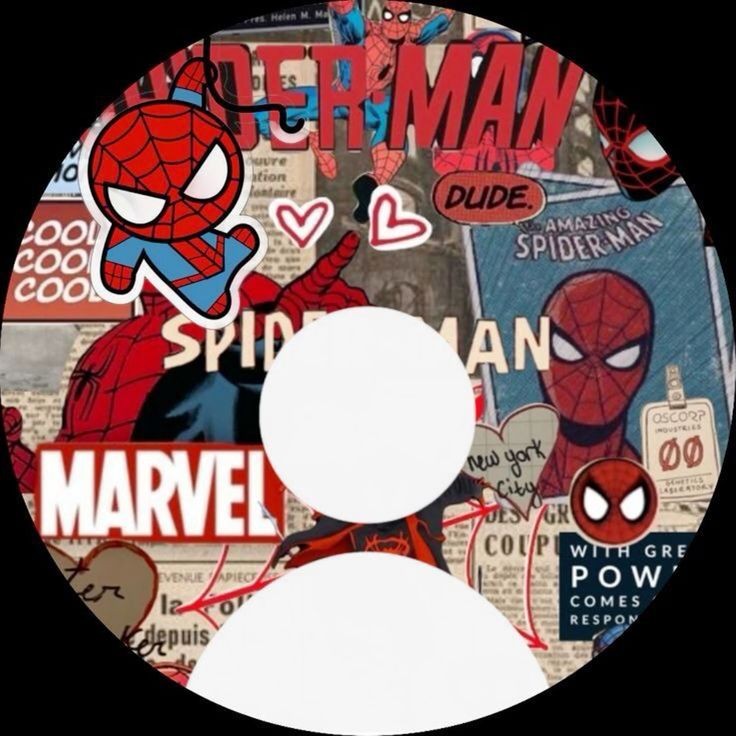
Arya
Kanye attitude with Drake feelings
What is HTTPS?#
Ever wondered how the lock pad on websites make web actually safe?#
How HTTPS Works: Securing the Web You Browse
Welcome back to another edition of Tech Tuesday! This week, we’re diving into something that silently protects our daily online activities—HTTPS. You might recognize it from the little padlock icon next to website URLs, but have you ever wondered how it actually works?
What is HTTPS?#
HTTPS stands for Hyper Text Transfer Protocol Secure. It’s the secure version of HTTP, the protocol that allows data transfer between your browser and websites. The key difference? HTTPS encrypts the data, keeping it safe from hackers and prying eyes.
Why is Encryption Important?#

Imagine sending a letter without an envelope—anyone could read it. Encryption acts like that envelope, ensuring that only the intended recipient can understand the message. But without a common encryption key, how does this magic happen? Let’s break it down.
Step 1: Server Certificate Check#
When you visit a website, your browser (the client) says “Hello” to the server. The server responds with its own “Hello” and sends over its SSL certificate. This certificate is like an ID card, verifying the server’s authenticity. Your browser checks this certificate with a Certificate Authority (CA) to confirm it’s valid. If all checks out, the connection proceeds.
Step 2: Key Exchange#
Next, your browser extracts the server’s public key from the certificate and uses it to create a session key. Think of this session key as a secret handshake only your browser and the server understand. The browser suggests a cipher suite (a set of encryption algorithms), and once both sides agree, the browser encrypts the session key and sends it to the server. The server decrypts this key—now both parties share a secret key!
Step 3: Encrypted Tunnel for Data Transmission#
With the session key in place, an encrypted tunnel is formed. Now, any data sent between your browser and the server is locked with this key, making it unreadable to outsiders. This ensures your passwords, personal info, and payment details stay private and secure.
Why Should You Care?#

In today’s digital world, cyber threats are everywhere. HTTPS is your first line of defense, securing your online transactions, private conversations, and even casual browsing. Always look for that padlock icon—it’s more than just a symbol; it’s your shield online.
Stay tuned for more tech insights next week. Until then, browse safely!
Happy Tech Tuesday!
